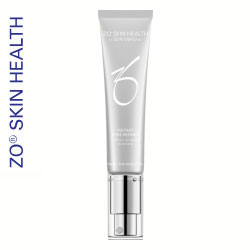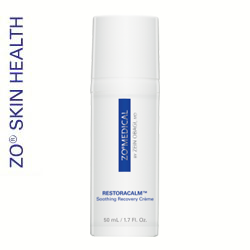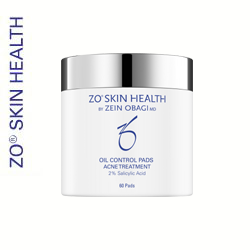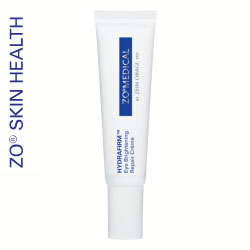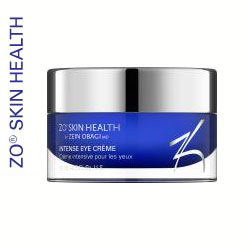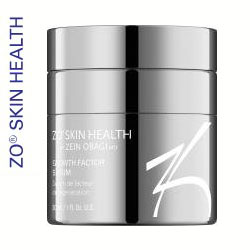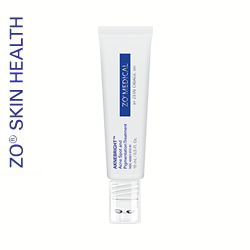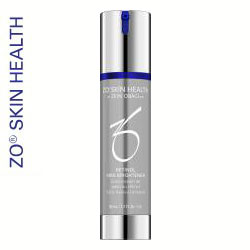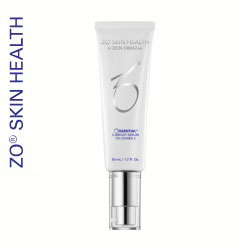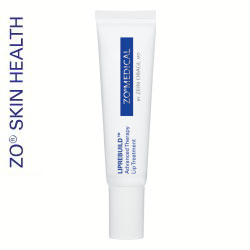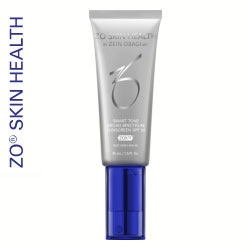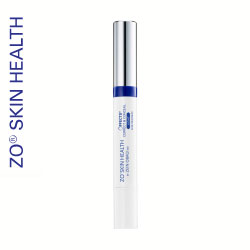A guide to regenerative gynaecology

A guide to regenerative gynaecology
Regenerative gynaecology is an exciting new branch of cosmetic treatment that is rapidly growing in popularity.
In this blog we’re going to take a look at what it means, how it works, the conditions it can treat as well as the benefits of opting for regenerative gynaecological treatments.
What is regenerative gynaecology?
A woman’s reproductive system deteriorates as they get older. This process happens slowly over time, but can also accelerate due to an event like childbirth. Either way, it can negatively affect a woman’s sexual capacity and lead to conditions such as urinary incontinence or vaginal laxity.
Regenerative gynaecology aims to restore the normal functions of the female reproductive system through a combination of treatments. You might seek out regenerative gynaecology treatments after childbirth or menopause, both of which place a lot of a stress on your reproductive system. On the other hand, you may have noticed that your sexual capacity and reproductive system have diminished over time as a result of ageing.
For example, let’s say a 60-year old woman is suffering from urinary incontinence – something which is perfectly normal for a woman of that age. To restore her reproductive system, she may choose to undertake a course of regenerative gynaecological treatments.
In this case, a doctor would combine different gynaecological treatments to maximise their effectiveness. They might use both laser treatments and PRP injections to alleviate the patient’s symptoms. This combination of different treatments can be more effective at treating certain gynaecological conditions.
Simply put, regenerative gynaecology can improve a woman’s quality of life.
Which conditions can it treat?
Urinary incontinence
Urinary incontinence is a common aftereffect of childbirth, menopause or ageing. It is when you’re unable to control your bladder, resulting in leakage or frequent trips to the toilet. Regenerative gynaecology combines a number of different treatments to alleviate these symptoms.
Vaginal laxity
If the skin around your vagina becomes flabby or loose it is often referred to as vaginal laxity. It can lead to discomfort, pain, reduced sexual desire, reduced sexual capacity and an inability to orgasm. Tightening the skin around your vagina can alleviate these symptoms and restore these functions back to normal.
Vaginal dryness
Vaginal dryness may simply mean dryness and/or discomfort in your intimate area. However, it can also lead to discomfort during sex, urinary incontinence and even urinary tract infections. Because of the range of symptoms associated with vaginal dryness, regenerative gynaecology’s combination of different treatments is a great way of tackling several symptoms at once.
Which treatments does regenerative gynaecology involve?
We’ve touched upon how it works, but let’s take a closer look at the treatments that fall under the regenerative gynaecology umbrella.
CO2 laser therapy
Although the CO2 laser is often used for skin resurfacing, it can also be used in regenerative gynaecology. CO2 laser therapy works by targeting a fractional laser at your intimate area. This process stimulates the production of collagen in your body, which helps to keep your skin looking firm and fresh.
Hyaluronic acid (HA) injections
Hyaluronic acid (HA) injections help to keep your joints lubricated, flexible and pain-free. Although they’re often used to treat issues with your joints, clinical studies have shown them to be an effective treatment for conditions related to your intimate area.
Platelet-rich plasma (PRP) injections
Platelet-rich plasma (PRP) injections are another versatile cosmetic treatment that can be used to treat a number of conditions. In regenerative gynaecology, when injected into the vagina PRP can treat vaginismus, urinary infections and promote general sexual wellness.
Cellular matrix injections
These are simply a combination of hyaluronic acid (HA) and platelet-rich plasma (PRP) injections. When applied to aged tissue they release growth factors that stimulate your cells to repair injuries to the skin. They also help to increase the supply of blood to the skin, treat inflammation and stimulate the production of collagen and elastin in your body.
Emsella chair
The Emsella chair uses electromagnetic waves to stimulate contractions in your pelvic floor. This helps to strengthen your pelvic floor muscles and ward off urinary incontinence. It can also improve your general sexual capacity and female health.
Vaginal rejuvenation
The Exilis Ultra 360 is a a rod-shaped probe which is used to gently massage and heat the outer wall of your vagina. This improves the blood circulation in your intimate area and stimulates the production of collagen.
Intimate area whitening
Sometimes women suffer from discolouring or dryness around their vagina. Although this can impact our sex lives, it can also simply be uncomfortable and even painful. Whitening the intimate area can increase the comfort around your intimate area and keep your vagina healthy.
Why regenerative gynaecology?
You may be reading this and thinking: “Why do I need regenerative gynaecology?” And whilst it isn’t for everyone, it is an approach which can be highly effective for a lot of people.
That’s because it is multi-faceted, using a combination of treatments to target gynaecological conditions. Sometimes, more than one treatment may be necessary to alleviate whichever symptoms you’re facing.
Let’s say you’re suffering from urinary incontinence. Although the Emsella has proven to be an effective treatment for urinary incontinence, it can’t offer 100% efficacy. For this reason, combining it with other treatments may increase the effectiveness of the treatment and fix your symptoms quicker.
If you want to restore your reproductive system to its normal functions, regenerative gynaecology might be the best course of action for you. Get in touch to learn how we can set you on the path to a healthier, happier intimate area.











